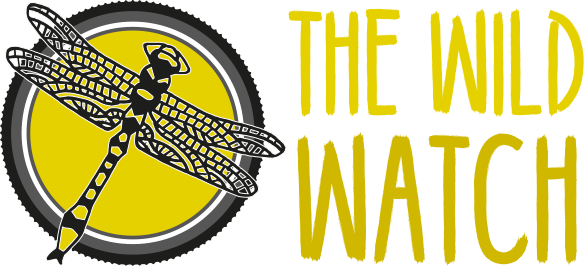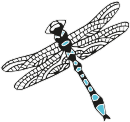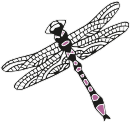About The Wild Watch
The Wild Watch project carried out Nidderdale AONB’s biggest ever, systematic survey for wildlife.
We cannot look after our wildlife if we do not know how they are doing, whether they are common or rare, where they live and what habitats they require to flourish. A major part of The Wild Watch project was surveying key species to find out exactly where they live. We can then use ecological modelling, in the form of Habitat Suitability Models, to identify priority areas where we could improve and even potentially create new habitat for some of our most important species in the future.
Find out more about The Wild Watch surveys.
Target species
We carefully selected 76 species of plants and animals covering 14 different ‘categories’ of wildlife to focus on surveying throughout Nidderdale AONB. View our target species list.
The species have been selected on account of various criteria including their national conservation status and bio-indicator species applications, amongst other factors. We also collected records of other species not on our list as this information is incredibly valuable for building up a broader picture of what wildlife we have locally as well as nationally, and several species may end up being used in ecological modelling.
Ecological modelling
Habitat Suitability Modelling is a technique used to provide a detailed assessment of the ecological value of habitats across large areas – like the whole of Nidderdale. The model uses Geographic Information Systems (GIS) to look for relationships between a species and the detailed environment around it.
Computer modelling of the habitat around tens or hundreds of locations, were a species has been found, is used to predict where else a species might then occur across the entire AONB. The map and underlying ecology also tell us a great deal about the habitat requirements of each species.
The maps really help us to make decisions about where efforts to conserve species should be targeted and where we can improve or create habitat to help our wildlife to flourish. This might be by enlarging existing areas or connecting small fragments of suitable habitat together. These models have been successfully used in conservation projects globally and by the University of Leeds for bats and wading birds across northern England (including Nidderdale).
Find out more about our ecological modelling methods and read our reports based on data collected so far.
Thank you
We would like to thank the following for their generous support towards The Wild Watch project:
We are grateful for support from North & East Yorkshire Ecological Data Centre, Friends of Nidderdale AONB, Yorkshire Water, Yorkshire Wildlife Trust, Natural England and RSPB.
We are pleased to be working closely with Professor John Altringham and our Youth Patron Zach Haynes. You can check out what Zach has been up to on his blog. The Wild Watch project is also lucky to be supported by Meopta Optics, who have provided optical equipment to help with surveys.








